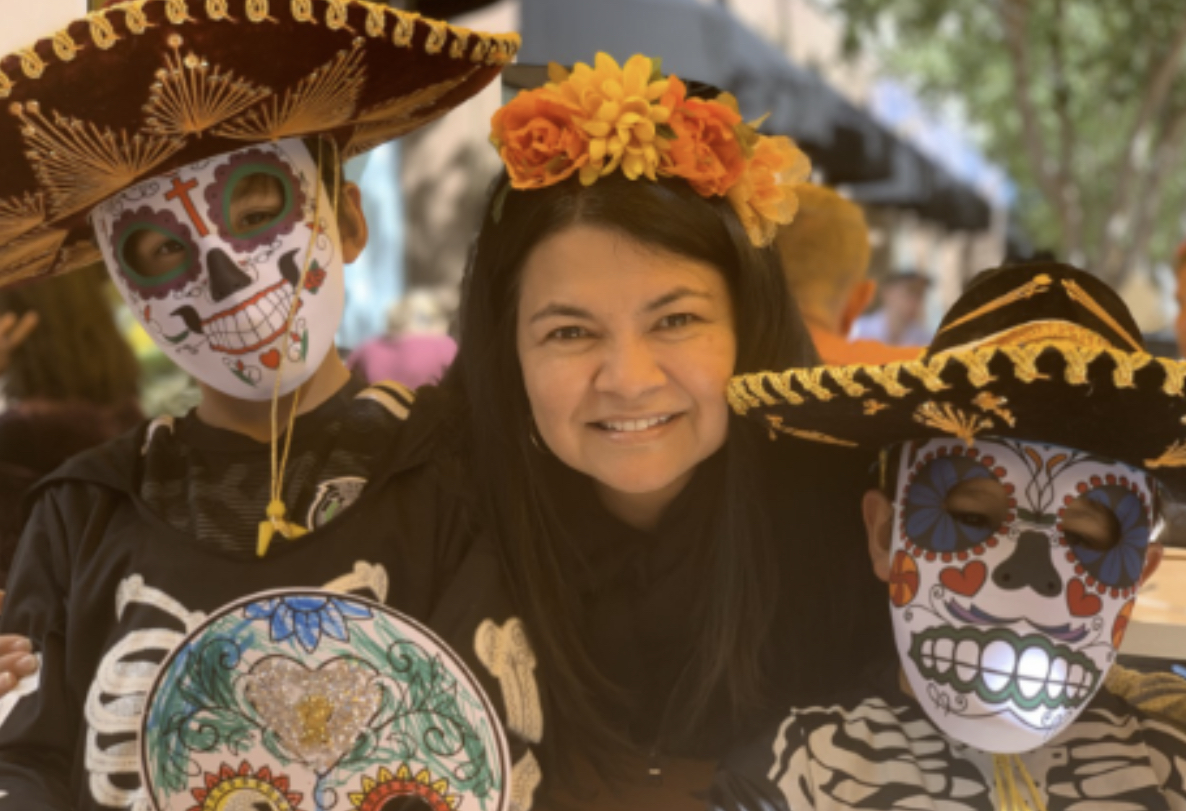
Our Beloved Ms. Palomo

512-841-2400 ext. 55580
The Spanish program at Mills is one of only a hand full of such programs offered in the Austin Independent School District at the elementary level. It is unique in that it offers children the opportunity to explore and acquire some proficiency of a second language at a time when they are most eager and capable of learning it.
The students at Mills receive Spanish instruction once a week. Every Mountain Lion, Pre K through Fifth grade, meets for 45 minutes in Ms. Palomo’s classroom. In addition, she also puts several cultural programs a year. The first is Diez y Seis de Septiembre, a celebration of Mexico’s Independence Day. Another famous program is the one on Cinco de Mayo, which involves Pre-K and First grade students.
The foreign language program we use at Mills is called Foreign Language Experience (FLEX), referring to a program whose main goal it is to introduce children to another language and culture while motivating them to pursue further foreign language study. The Spanish program focuses on using language in real world situations. Although students will need to know vocabulary, grammar, and cultural information, they learn them in order to use them purposefully for communication with others.
At the end of the Exploratory Modern Language Course our students will be able to:
-
Introduce themselves and others
-
Exchange basic greetings and farewells
-
Ask and tell their age
-
Express likes and dislikes
-
Tell time in target language (Spanish)
-
Make simple statements in the present tense
-
Understand simple commands
-
Ask/answer simple questions on topics such as school, family, food, the house, places around town and daily routines.
-
Use formal/ informal of addressing people appropriately
-
Give simple statements about the weather
-
Recognize basic cultural similarities and differences
-
Compare essential structures of the target language with their own
-
Compare and contrast the view points of the target culture with their own
